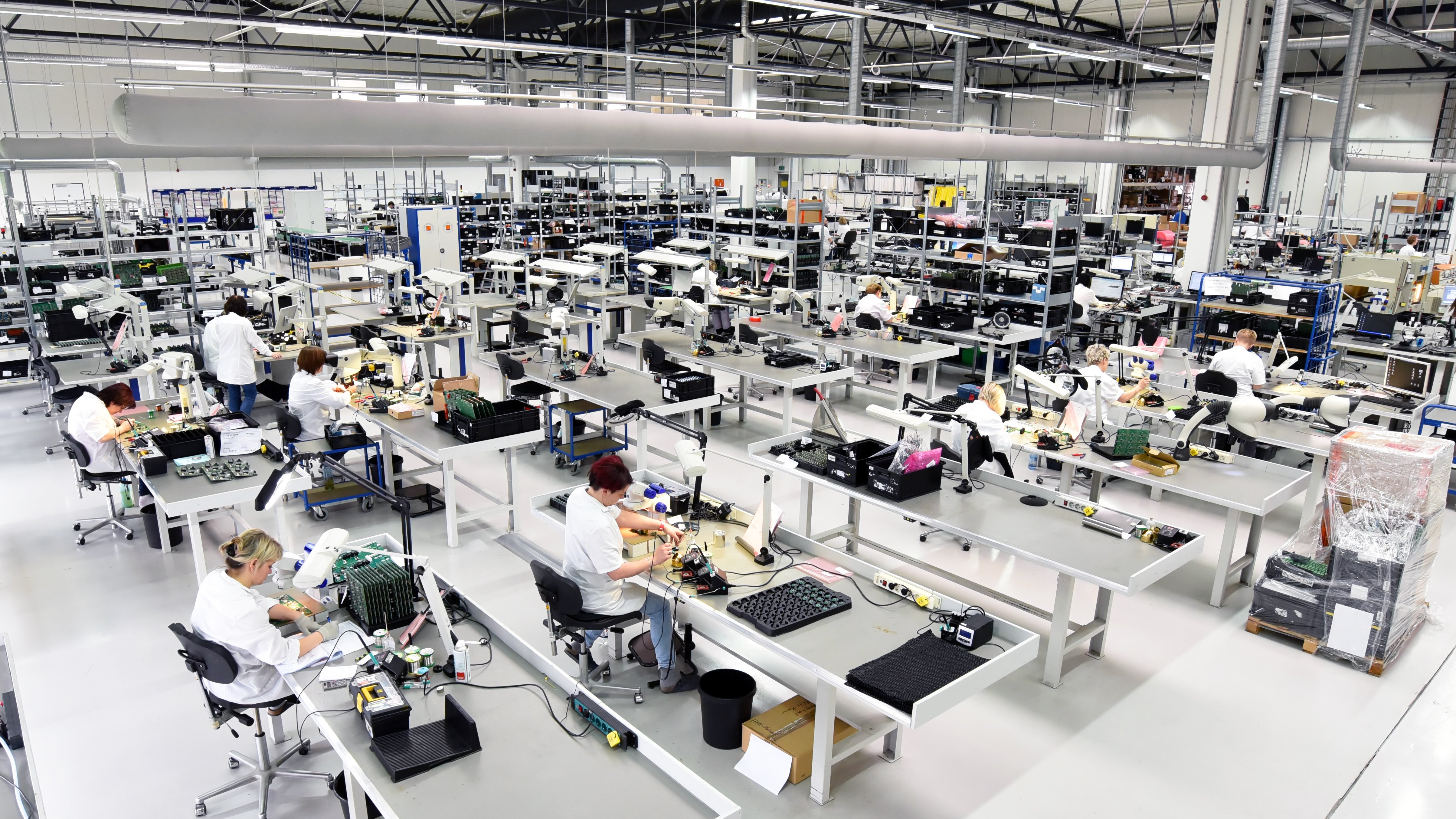Recommended For You
In today’s ever-more digital world, it’s easy to forget just how important the social element is in our work productivity and satisfaction. We shouldn’t underestimate the enormous impact the global pandemic has had on people’s social behaviours. In a short time, most of us have had to quickly shift from our normal routines towards an extreme situation of actively minimising physical interactions with our colleagues and customers.
As fundamentally social beings, we’ve adapted well to the situation and found new ways to collaborate and be productive over this period, using the technologies at our disposal to achieve the outcome we require. Anecdotally, I’ve spoken to many friends and colleagues who’ve noted other, softer benefits from the move to virtual working, such as building exercise into their daily routines or feeling improved morale from spending more time with their immediate family.
With the restrictions beginning to ease, it’s important that the social balance is restored. The focus now is therefore on finding the equilibrium between the positive behaviours learned through the lockdown and the more natural and intuitive ways of working as productive teams.
Accept and Adapt
In my role as Country Director, I’ve had a broad vantage point to observe how our customers in Ireland are adapting to the changes of recent months. Different industries have faced diverse challenges. In life sciences, for example, we saw companies retool and ramp up production of essential medical devices and supplies under immense pressure. And in CPG we saw major brands respond to fluctuations in global supply by utilising the breadth of their production network to fulfil orders for other regions affected by the crisis.
With the dust settling, our manufacturers are now able to look out over a longer time horizon and question, irrespective of potential manufacturing restrictions, how do we structure our operations to be more resistant to these types of variations or changes in future?
From my observations, there are three distinct areas where our manufacturers should focus their attention in order to make positive change and promote safe and productive behaviours:
1. Changes on the Factory Floor
Going forward, manufacturing leaders will be far more sensitive to how staff are working and distancing on the shop floor. While organisations have typically spent the last decade defining the role of automation, we can now expect far more of a focus on defining the role of people, which was once taken for granted.
The pandemic has prompted factory decision-makers to consider more closely how they can redesign the layout of their production workspace in the most optimum way. This includes planning around how machine operators can remain adequately distanced and how staff can be moved from manually interacting with machinery towards directing operations from control rooms. To manage this, we can expect greater use of software to optimise the layout of production workspaces and flow of workers.
2. Changes in Supply Chain
The country’s manufacturing operations have responded well to the urgency of the COVID-19 situation. The question is, if we encounter another pandemic-like situation in future, how will we react this time?
To be prepared, expect to see manufacturers place a greater focus on leveraging their network of factories to make sure that production lines can shift rapidly from affected factories to different locations that can serve demand. This requires companies to have more predictability and transparency across their whole chain, with intercompany integration at the data and process level.
Local sourcing will become more important as companies seek to increase reliability and reduce potential bottlenecks. Also expect significant growth of on-demand manufacturing technologies, such as additive manufacturing and robotization, to increase the options open to decision-makers and support business continuity and resilience.
3. Changes in Communication
As novel and, indeed, time-efficient as it’s been to spend the working day bouncing from one video conference call to another, I don’t think we’ve crossed the Rubicon in terms of our physical interactions. We will see a return of in-person relationship-building and networking in time, however this will be more blended with digital interactions.
Automation is about enabling people with information. Expect greater use of remote technologies to help staff collaborate across locations and leverage expertise from across the business without having to physically interact. The shift towards remote support will also bring changes to how companies work with their customers, reinventing onboarding procedures and making them even more responsive to end-user issues.
Bringing Social Back
At the pandemic’s outset, manufacturing decision-makers needed to count on their instincts to navigate under difficult circumstances. We’re now in a position where a more rational, longer-term perspective can come back into play in order to govern everything from how employees work and collaborate through to how our factories and supply chain connect and interact.
The experience of recent months has accelerated the requirement for manufacturing leaders to leverage technology to modernise the existing facilities they have, and build a technology roadmap that allows them to mitigate the types of challenges they encountered in the pandemic occurring again in future.
Rockwell Automation can assist your business in helping to incorporate these considerations into your technology decision-making and roadmap, and ensure that social interactions and human behaviours remain central to how your factory operates and stays productive in any set of circumstances.
Discover more on this topic, and about the power and potential flexible manufacturing can bring to your business, at the Management Perspectives Hub.
Published August 31, 2020

